Smile design is simply understood as the process of improving a smile through steps such as: gum treatment, teeth whitening, orthodontics, dental implants or jaw alignment to creates straighter, whiter and beautiful natural looking smiles.
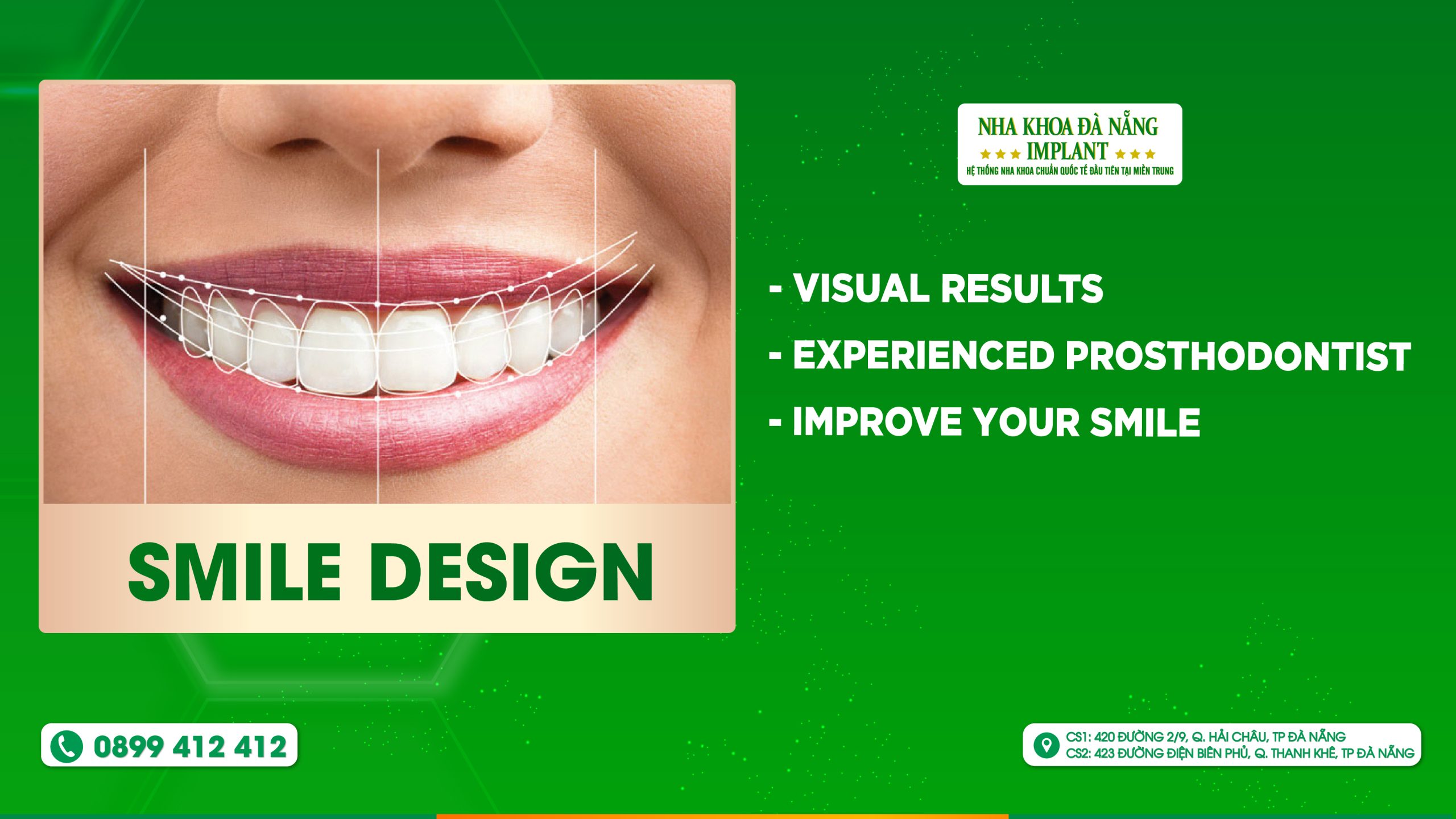
Smile design
The smile design process is a close combination of oral care techniques with orthodontic technology applications, through diagnostic software to obtain results as well as guide steps to correct defects and bring the patient’s best smile.
Gums
Gums affect the length and aesthetics of the teeth. For example, long gums can make teeth short and you look old.
Black or red gums are a condition in which the gums are damaged or diseased. Therefore, it is necessary to pay attention to the color of the gums when designing a smile.
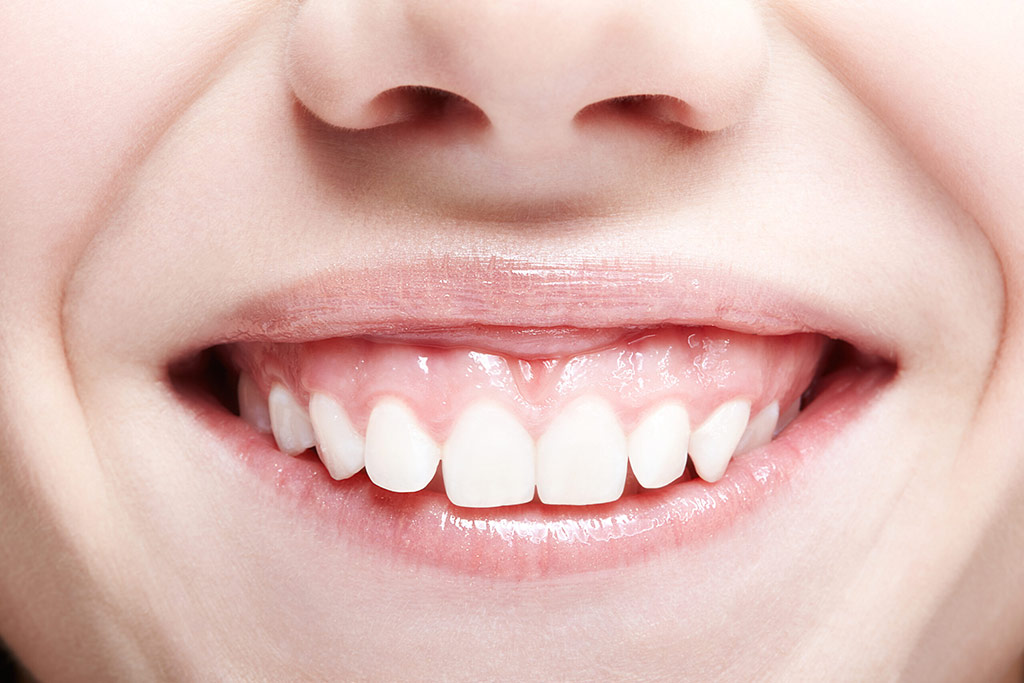
Long gums can make teeth short
Length and shape of teeth
Due to eating and living habits, your teeth wear down and look shorter. If you have a beautiful white straight and even teeth, you will certainly look younger.
On the other hand, the shape of teeth suitable for the face also shows personality and characteristics. Doctors usually recommend porcelain veneers or implant to improve the shape of your teeth.
In case long gums making the teeth shorter, you should have surgery to reshape the gum line to get the right length of the teeth.
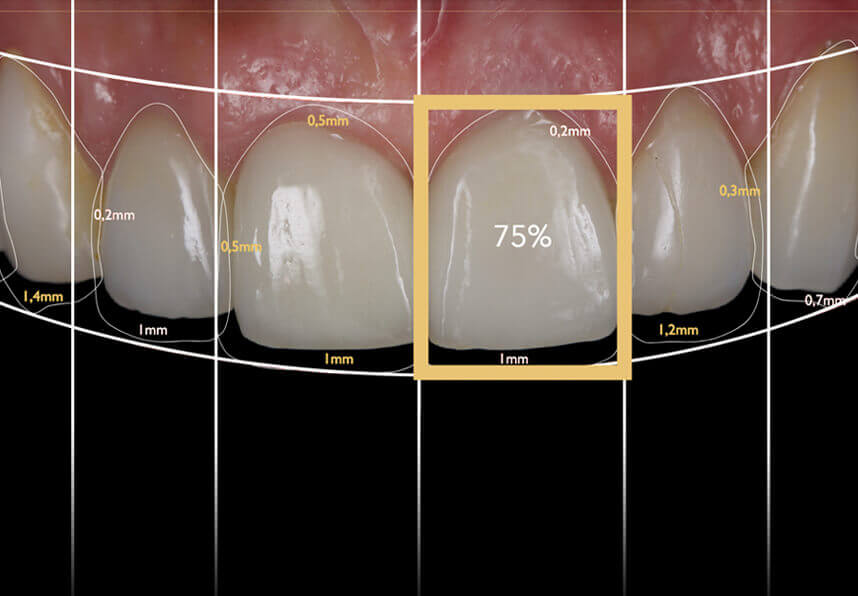
The length and shape are accurately calculated
Teeth color
Yellowed, stained or dark teeth will reduce the aesthetics of the teeth. Therefore, the color of the teeth is an extremely important factor in the design of a smile.
The white even teeth will make you younger and more trendy.
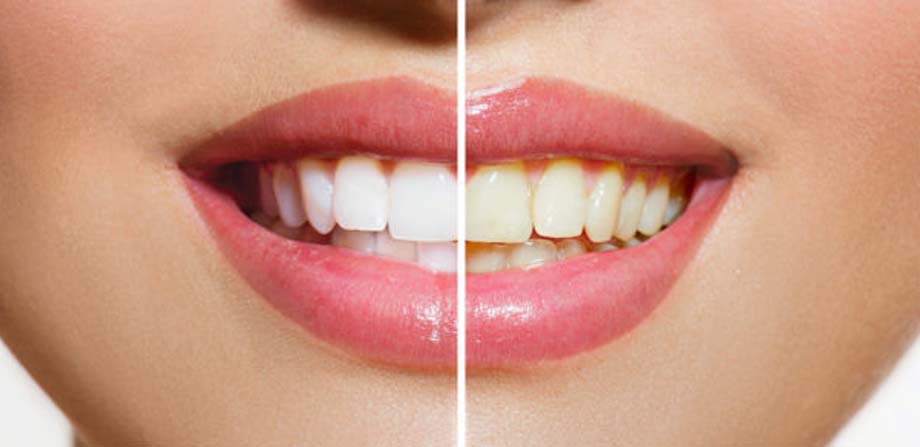
A smile with white teeth brings you youth and confidence
Smile line
The most important factor in smile design is the smile line that brings the beauty face. The patients feel more confident when smiling and communicating with the harmony smile line.
The ideal smile line is the curve of the lower lip when smiling. If the smile line is too short, it will create gaps. If the smile line is too long, it will make the smile more rough.
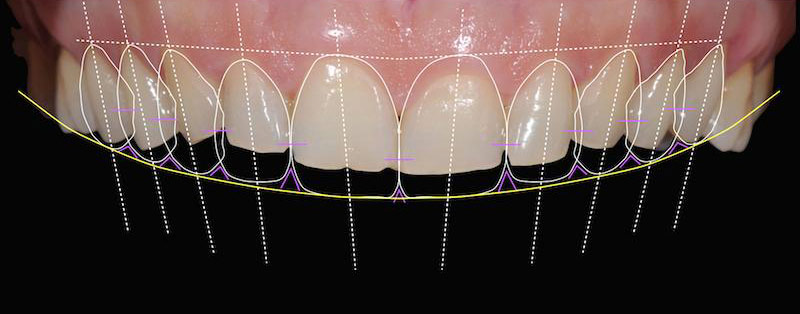
Beautiful smile lines bring harmony to the face
Smile design technology is becoming more and more popular and an indispensable dental need of many people. Among various technologies, it is not easy to chose the best and most suitable one for you.
According to the investigation and evaluation from dental clinics and the World Health Organization’s oral maxillofacial center, the DSD smile design technology is the most applied technology and bringing the best results.
DSD technology stands for Digital Smile Design technology – improving your smile as your wishes. The highlight of DSD technology is that you can choose the charming smile you want and experience before making a decision.
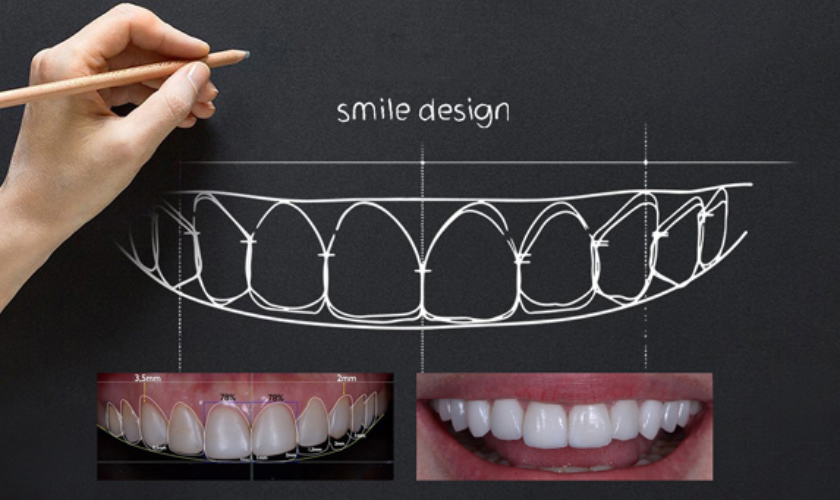
Digital Smile Design technology brings visual images
Step 1: Consult and examine
The doctor conduct an examination, take a film and find out the cause of your poor smile. To ensure smooth image synchronization at the later stage, the patient’s head and jaw positions in these images should be kept the same.
Step 2: Digital Smile Design
After obtaining the customer’s image, the doctor perform a smile analysis through assessing the smile with the overall face and the evaluation results from DSD technology.
In this way, the dentist acknowledges the patient’s dental arch problem including:
Step 3: Analyze the design on the software
After knowing the patient’s oral condition, the dentist carefully analyze the patient’s teeth – jaw arch – upper lip – lower lip – gums to help you have a comprehensive view of the dental condition. Thereby, it is possible to pinpoint the exact cause of your smile defect.
Step 4: Preview smile simulation
Through the 3-D image, the dentist shows you a change in your smile.
If you feel unsatisfied with the design, you can response to reach the successful porcelain restoration process.
Step 5: The gums line adjusted surgery
Based on the analysis of the software, performing gingival cutting surgery to adjust the gum line, increasing the crown length.
Step 6: Restoration and teeth installation
In this step, the dentist proceeds to wax – up the recorded size on Smile Design, grind the pulp, take impressions, make temporary teeth and do porcelain crowns.
New teeth are meticulously designed to make you feel comfortable and satisfied. Before the patient leaves, the dentist will schedule a follow-up appointment to re-examine.
Step 6: Re-examination
To make sure your standard smile, you need to have a follow-up examination.
If there’s something wrong with your teeth, the dentist will make adjustments to brings the satisfying result.
